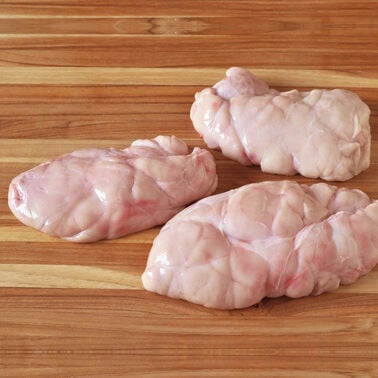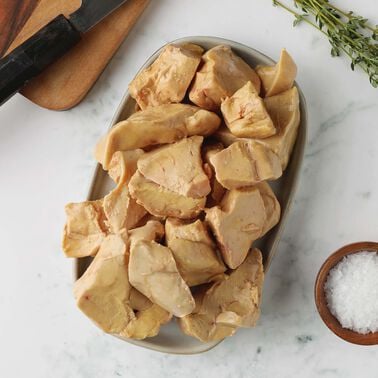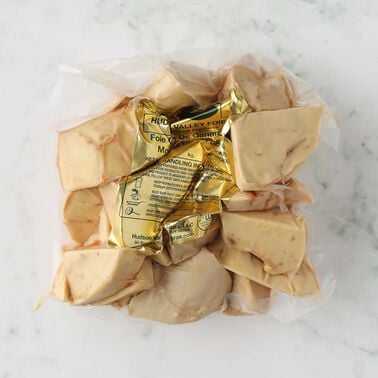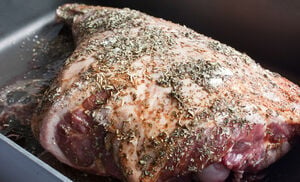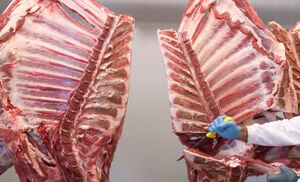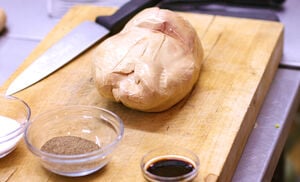
Yes, we’re talking about offal. The word itself literally comes from an old English contraction of “off” and “fall,” as in, “What is that weird, slimy thing that just fell off the butcher block? Think we can eat it?” Organs and skeletal meats galore, everything from the tip to the tail. Very recently, there’s been a massive resurgence in cooks -- in the spirit of British chef Fergus Henderson -- wanting to return to the basics, to learn how to prepare foods that were once only the domain of the poor and desperate. And thank goodness for that, because we absolutely adore ourselves some offal here at D’Artagnan.
Need interesting ideas for cooking up some bits and bobs? We’ve got you covered. Here are a few of our favorites:
- Veal sweetbreads: You might not think that pure culinary delight could be found in the thymus gland of a young cow, but you’d be so very wrong. The traditional French preparation of this organ is to braise it in a buerre noir sauce (butter surely makes everything better), but there are plenty of options in addition to that. Try grilling your sweetbreads, seasoning with salt and lime, and enjoy the soft, oyster-like consistency. Or, you could bread and fry them in oil for a snack or a sandwich. (More on sweetbreads here.)
- Duck hearts: That’s right: duck hearts. Or chicken hearts, if you have some at your disposal. The Japanese have long known that poultry hearts are a powerfully savory snack, especially when marinated, skewered and grilled yakitori-style. What doesn’t scream summer like “duck heart kabobs?”
- Tripe: The stomach lining of a cow might seem the thing to turn one’s stomach, but this offal is prized by the Mexicans for its curative properties...especially if you happen to be hungover, in which case a hot, spicy bowl of menudo -- tripe soup, not the Puerto Rican boy band -- could be just the ticket. If that’s not your style, perhaps you’d enjoy some Romanesque trippa in umido: tender, braised tripe in a rich red sauce with grated pecorino cheese.
- Pig’s ears: We’re under the impression that no part of the pig should be left unenjoyed, and that even applies to the swine’s floppy ears, which crisp up gorgeously when pan-fried. Try using some crispy pig ears to top your favorite green salad for a crunchy, porcine change of pace.
And those are only the beginning of the wide world of offal, of course. If you’re just as gleeful about edible animals as we are, there are myriad ideas and recipes for enjoying “everything but the moo, quack and squeal.” The best part is that they are often so much less expensive than those kingly cuts, but they can be just as delicious. Roasted marrow bones topped with sea salt? Pork spleen sandwich, Sicilian-style? Long-simmered chicken feet? Braised lamb’s neck? Count us “offally” excited!
